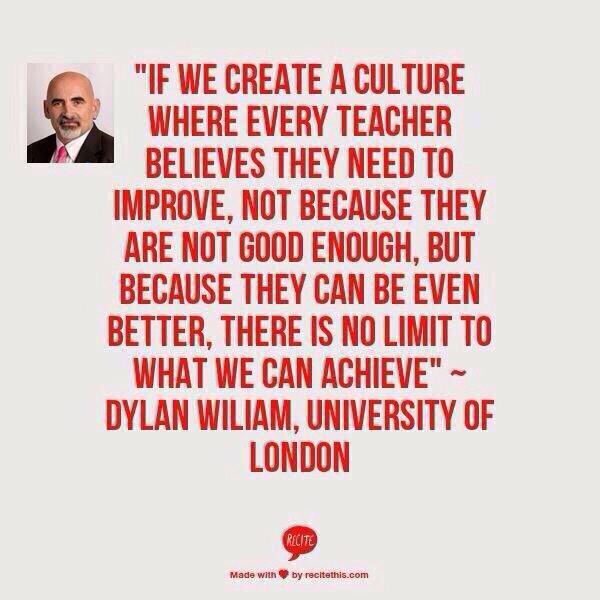Sweet, sweet summer.
I have never been more ready for it! It was been quite a school year.
Running nonstop has left little time for writing on this little blog. I'm finally getting a chance to look backward and reflect a bit on this past year.
I will be doing some "Year in Review" posts as I look at what I tried that worked and what I tried that flopped. Although I've been teaching 20+ years, there is still so much to learn.
I feel the tide turning...change is coming.
Here is one of the books I am reading this summer:
School systems across the country have made it their mission to "educate students in being college and career ready". It is posted on district websites and forms the basis of why we do what we do. It sounds good, but what does that mean and how do we really achieve that goal? When we analyze testing data and confront the obstacles to student success, we often hear ourselves complaining that students just don't know how to think these days. It is easy to divert responsibility to parents who are too busy or a society which doesn't respect education, but the blame game is a waste of time and energy and gets us nowhere.
That's why I'm so excited about this new book, Ritchart helps us explore how we can create dynamic learning communities that will take student thinking and learning to a new level.
It offers a compelling vision for what classroom learning could become. This powerful book has me feeling hopeful and inspired and most importantly, really believing that classroom teaching and learning can be life changing for our students and teachers.
Are you looking to get recharged and refocused this summer? I highly recommend this book!
In thinking about how to develop a classroom community where we develop this culture of thinking, here's a children's book that I plan on using to launch "Problem Solving Partner Time" next year.
It's a quick, silly story about a boy who gets his kite stuck in a tree and has to solve the problem of how to get it down.
In this book, the boy throws his shoe up to knock the kite down and his shoe gets stuck. He then throws all kinds of other crazy things up and they all get stuck.
This storyline lends itself to a discussion of what students can do when they get "stuck" when problem solving and how it is important to be flexible in thinking and not rely on just one strategy. We will talk about how some third grade thinking and learning is hard and we all will get stuck sometimes but it is OK. We will talk about the importance of sharing our thinking and how we can learn from each other.
Anyone else reading Cultures of Thinking? I'd love to hear your thoughts on it!
Thanks to Brian Johnson for highlighting Third Grade Thinkers on the new Elementary School Blogs site. Check out this webpage for more inspiration from other teacher blogs.
http://elementaryschoolblogs.com/



 youngdor8@gmail.com
youngdor8@gmail.com



















